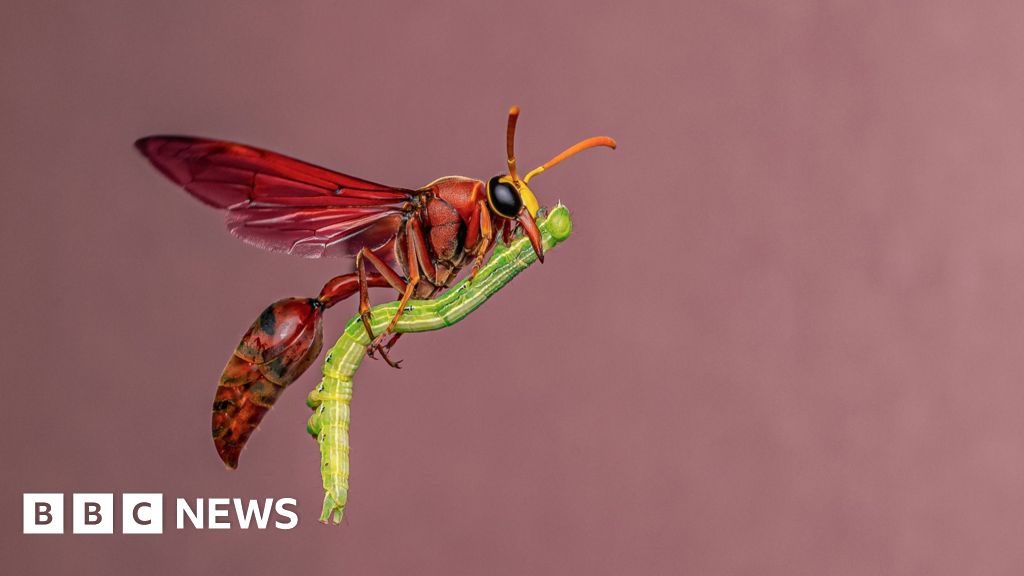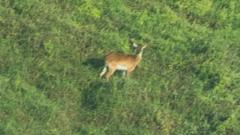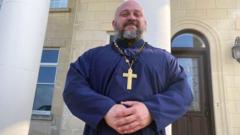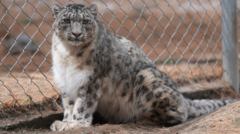In a notable shift across the United States, cemeteries are increasingly rewilding their landscapes to promote environmental sustainability and biodiversity. This transformation can be observed in various burial sites, including Catholic and Jewish cemeteries, historic graveyards, and expansive private grounds. Groundskeepers, conservationists, and horticulturists are adopting unconventional practices, allowing grasses to flourish longer, uprooting invasive species, and replacing organized lawns with wildflower meadows. The pandemic exacerbated this trend, as cemeteries became popular meeting spots for those seeking solace amidst greenery and bereavement.
For instance, Laurel Hill Cemetery in Pennsylvania saw its visitor numbers dramatically increase as people sought peaceful escapes during lockdowns. Green-Wood Cemetery in Brooklyn, known for its picturesque 478 acres of lush vegetation, attracted 200,000 new visitors in 2020 alone. The strategic shift from manicured lawns to vibrant meadows has gained acceptance among visitors, with many responding positively to these diverse landscapes.
Joseph Charap, the vice president of horticulture at Green-Wood, expressed optimism regarding community attitudes, stating, “The reaction was, ‘Oh, it’s beautiful.’” This shift towards nurturing natural ecological processes in cemeteries reflects a growing societal acceptance of landscapes that enhance wildlife habitats and connect communities to nature, making these hallowed grounds crucial green spaces in urban settings.
For instance, Laurel Hill Cemetery in Pennsylvania saw its visitor numbers dramatically increase as people sought peaceful escapes during lockdowns. Green-Wood Cemetery in Brooklyn, known for its picturesque 478 acres of lush vegetation, attracted 200,000 new visitors in 2020 alone. The strategic shift from manicured lawns to vibrant meadows has gained acceptance among visitors, with many responding positively to these diverse landscapes.
Joseph Charap, the vice president of horticulture at Green-Wood, expressed optimism regarding community attitudes, stating, “The reaction was, ‘Oh, it’s beautiful.’” This shift towards nurturing natural ecological processes in cemeteries reflects a growing societal acceptance of landscapes that enhance wildlife habitats and connect communities to nature, making these hallowed grounds crucial green spaces in urban settings.




















